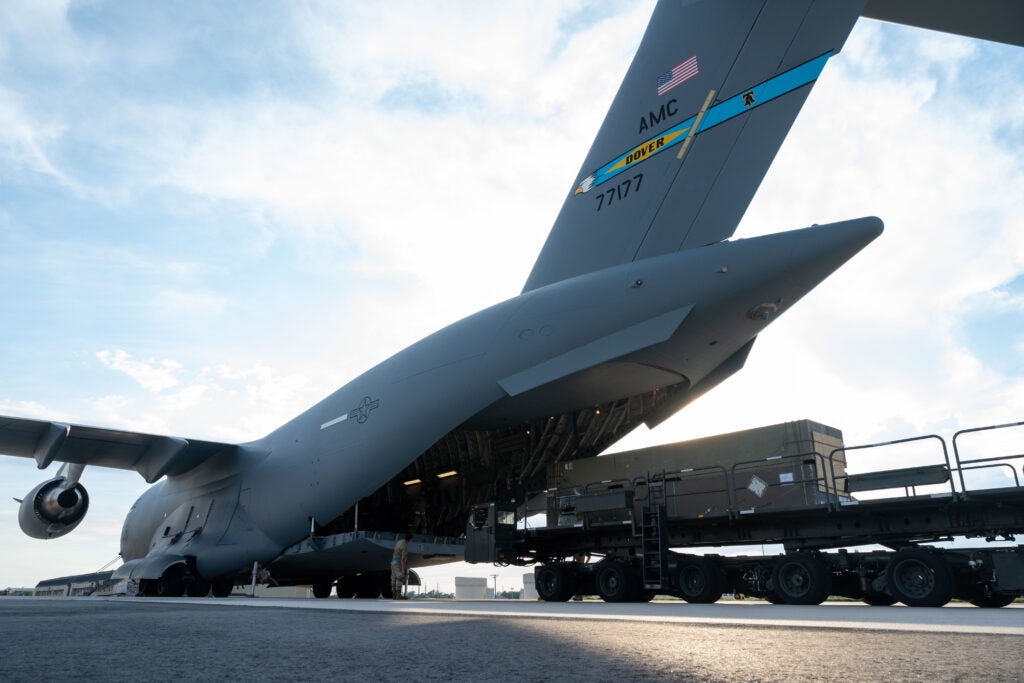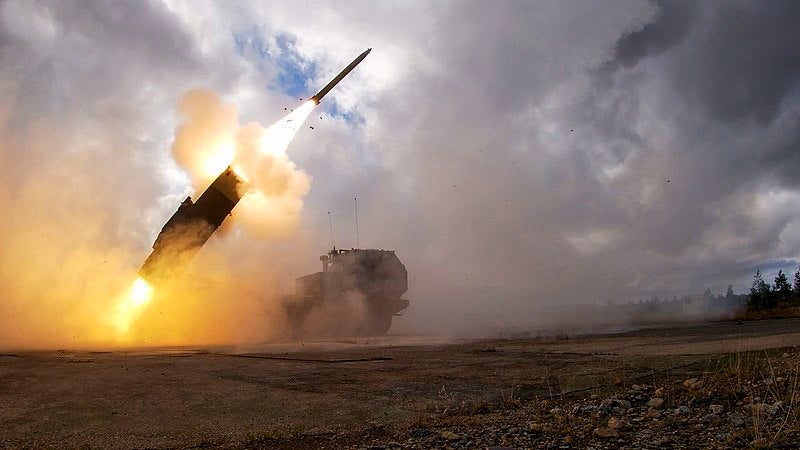US Announces Much Needed $300 Million Aid Package for Ukraine
Despite the political impasse in the United States’ legislature, which has stalled the passing of an aid package for Ukraine, Taiwan and Israel, it seems the Biden administration has found a way to give some much needed support to Ukraine.
While the $95 billion aid bill has passed in the US Senate, Republican members of the House of Representatives have blocked it. The bill itself includes $60.06 billion in military aid for Ukraine. While the aid bill remains stalled several avenues remain open to the White House.
A stopgap aid package worth $300 million has been announced, the first since December 2023. The package is based around President Biden’s Presidential drawdown authority with officials explaining that the funding came from unanticipated cost savings made on a number of Pentagon contracts negotiated to replace equipment and weapons sent to Ukraine. The package marks the 55th Presidential drawdown which draws on US Department of Defense stocks to provide immediate aid, the replacement of the equipment and munitions is then funded from the Pentagon budget. Without further appropriations and with the available budget dwindling there had been a pause on similar drawdown packages.
According to the Pentagon’s announcement the new aid package will include:
- Stinger anti-aircraft missiles;
- Additional ammunition for High Mobility Artillery Rocket Systems (HIMARS);
- 155mm artillery rounds, including High Explosive and Dual Purpose Improved Cluster Munitions rounds;
- 105mm artillery rounds;
- AT-4 anti-armor systems;
- Additional rounds of small arms ammunition;
- Demolitions munitions for obstacle clearing; and
- Spare parts, maintenance, and other ancillary equipment.
U.S. National Security Advisor Jake Sullivan said “this ammunition will keep Ukraine’s guns firing for a period, but only a short period. It is nowhere near enough to meet Ukraine’s battlefield needs and it will not prevent Ukraine from running out of ammunition.” Sullivan called for Congress to pass a new Ukraine military aid bill “as soon as possible” and explained that Congress’ delay is “costing lives and it’s costing us, the United States and the NATO alliance, strategically.”

During a briefing Pentagon spokesman Maj. Gen. Pat Ryder said the package would include “Stinger anti-aircraft missiles, additional ammunition for HIMARS, 155 millimeter artillery rounds, including high explosive and dual purpose improved cluster munition rounds, 105 millimeter artillery rounds, AT4 anti-armor systems, additional rounds of small arms ammunition, demolitions, munitions for obstacle clearing, spare parts, maintenance and other ancillary equipment.”
In addition to the drawdown package the Biden administration has also issued a memorandum announcing an assistance grant of $126 million under Section 614(a)(1) of the 1961 Foreign Assistance Act. This is an infrequently used authority that allows the White House to request the State Department provide aid to a foreign nation in situations which are vital to US national security interests. Section 614(a)(1) was last used on 27 December, 2023, to provide Ukraine with $20 million in aid, prior to that it has been used in July and September 2023 and in February, May, and August of 2022. It is unclear what form the $126 million in support would take.
Beyond this latest package and without Congress passing the supplemental aid bill the Department of Defense still has around $4 billion in Presidential drawdown authority funds available for supporting Ukraine. The White House and Pentagon, however, have been reluctant to call on this as without funding to replace the materiel, it could lead to gaps in US readiness in the event of a major conflict. In the meantime Ukraine is facing significant challenges across all fronts, challenges exacerbated by shortages in equipment and ammunition.
Header image: File photo – US Army HIMARS launch during Exercise Nordic Strike 22 (U.S. Army photo by Spc. Devin Klecan)

